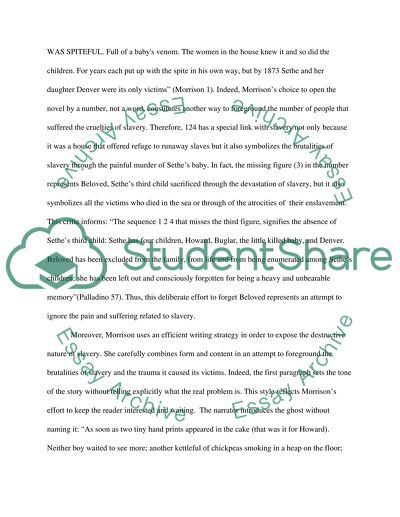Cite this document
(“A research paper about Toni Morrison's novel Beloved Essay”, n.d.)
Retrieved from https://studentshare.org/english/1496951-a-research-paper-about-toni-morrison-s-novel
Retrieved from https://studentshare.org/english/1496951-a-research-paper-about-toni-morrison-s-novel
(A Research Paper about Toni Morrison'S Novel Beloved Essay)
https://studentshare.org/english/1496951-a-research-paper-about-toni-morrison-s-novel.
https://studentshare.org/english/1496951-a-research-paper-about-toni-morrison-s-novel.
“A Research Paper about Toni Morrison'S Novel Beloved Essay”, n.d. https://studentshare.org/english/1496951-a-research-paper-about-toni-morrison-s-novel.


